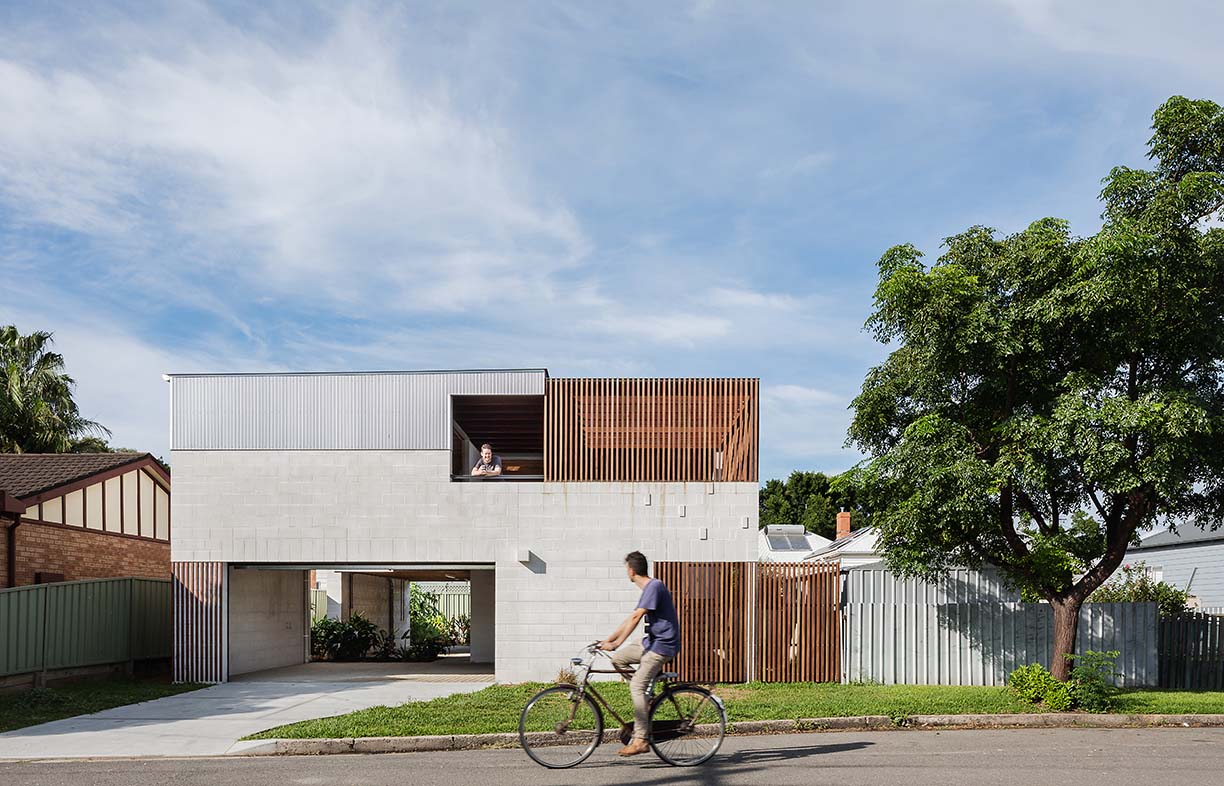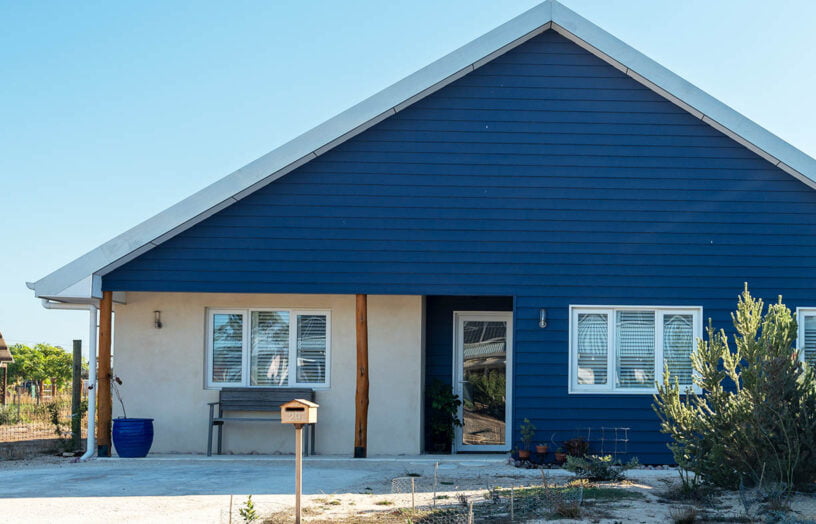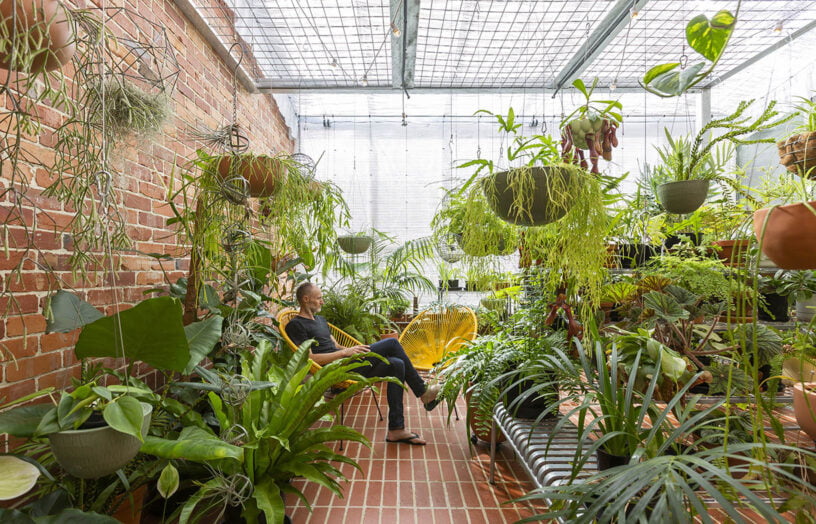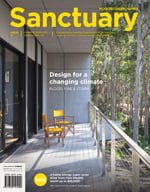Sanctuary 51 out now: Design for a changing climate

In our 51st issue, we visit houses across Australia designed to be resilient to our changing climate, including flood, fire, storm and heatwave. We also explore collaborative housing and its social, financial and environmental benefits, consider Passive House for schools and look at garden design for bushfire.
The past months have seen dramatic changes to all of our daily lives as the world tackles the coronavirus crisis. This issue of Sanctuary has been produced by a team working at home, juggling kids’ home learning and grappling with technology to stay connected. Yet even as we respond to the immediate threat of a pandemic, the challenge of the climate emergency is as urgent as ever. Indeed, it’s heartening to see that we can be agile in the face of such threats.
As our spheres of daily life shrink temporarily to not far beyond our homes, perhaps it’s the perfect time to consider what we can do to make them true havens that support us to live more lightly on the earth. This issue, we feature a collection of homes designed for resilience to our changing climate. There is a home and business renovated to weather increasingly frequent Brisbane storms and a house in flood-prone Newcastle built so that the living areas remain high and dry. The risk of bushfire informed the design and materials of houses in the Grampians and the Adelaide Hills, and on our cover, the careful planning of this modest BAL-FZ house on the New South Wales south coast paid off last January when it survived the devastating Currowan fire.
The experience of being cut off from regular contact with our wider networks no doubt has many of us considering anew the importance of community and how we’d like to live, so it’s timely that in this issue we also explore collaborative housing in Australia. There are many different types and sizes, all offering the social, financial and environmental benefits of sharing resources and building community. We profile a high-performing home in a Castlemaine ecovillage that prioritises both sustainability and community, along with new builds in Newcastle and Canberra doing collaborative housing on the smallest, single-block scale.
Also in this issue:
After the summer bushfires, building scientist Jenny Edwards explains what you can do to keep your indoor air fresh when it’s smoky outside, and we also take a look at how clever garden design can help reduce the threat of fire. We explore Passive House for delivering high-performance school buildings and, in On the drawing board, architect Oliver Steele tells the story of bringing the Passive House standard to apartments.
And as always we feature a wide range of innovative sustainable products and design tips for your home.
Sanctuary 51 is on its way to letterboxes and newsagents near you, full of advice and inspiration for sustainable living and building. You can buy a copy online here.
We welcome your feedback. Perhaps there’s something else you would you like to see in Sanctuary? Let us know on Facebook, Twitter, Instagram or by email.
Latest articles
 Ideas & Advice
Ideas & Advice
All together now: One-stop shops for energy upgrades
If you want to do a home energy upgrade, it can be hard to know where to start. One-stop shops offer advice, information and referrals all in one place; we take a look at what they’re all about.
Read more House profiles
House profiles
New beginnings
Catherine’s new hempcrete home in the Witchcliffe Ecovillage, south of Perth, offers her much more than simply a place to live.
Read more House profiles
House profiles
Greenhouse spectacular
This Passive House is comfortable throughout Canberra’s often extreme seasons, and has a greenhouse attached for year-round gardening.
Read more

